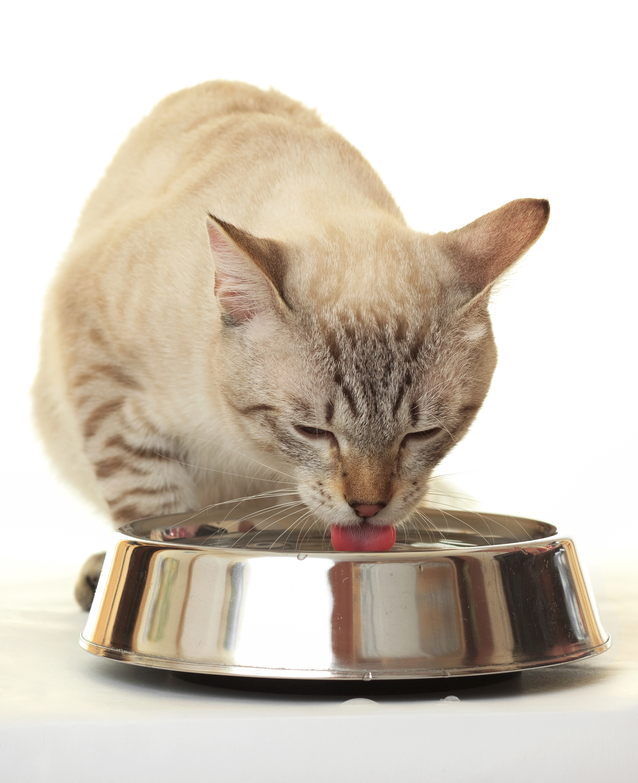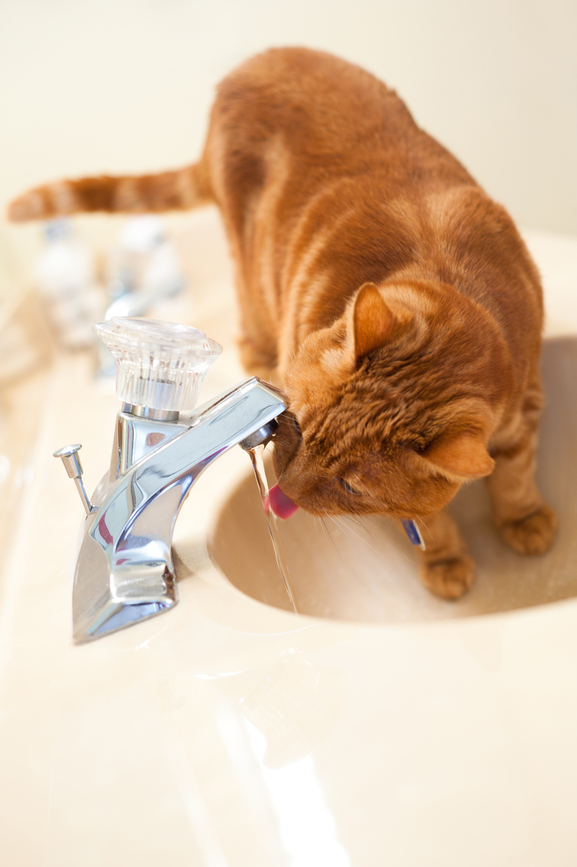It’s the middle of winter and Mr Whiskers just can’t seem to get enough water.
What’s going on?


r Tash says that many owners can’t recall finding their cat at the water bowl. ‘But if an owner does start to notice their cat drinking, especially on a regular basis and/or for extended periods of time, it could mean that something is amiss. Admittedly, this may be more difficult to spot in cats that spend a lot of times outside rather than indoors, given that they’re quite resourceful at finding alternative sources of water.’
If there’s any suspicion that there has been a change in your cat’s water consumption, make sure you get him/her checked out, she continues. ‘At the very least, it will offer you some peace of mind if there is a plausible explanation for the high water consumption. We need to allow for situations where the weather is hot, heating has been turned on, the animal is more active or its diet has changed to include more dry food.’
“Cats are very resourceful at finding alternative sources of water”
eeing older, thirsty cats is commonplace in veterinary practices, she says. ‘There are four conditions that we diagnose on a regular basis – chronic kidney failure, diabetes mellitus, hyperthyroidism and urinary tract infections. They may not be the only causes of increased thirst, but they’re a pretty good place to start. If your pet is displaying any other symptoms, this may help guide your veterinarian’s thinking, although often the signs are nonspecific like a change in appetite or behaviour, vomiting, diarrhoea or lethargy. In general, drinking more water is associated with more frequent urination, although in the end stages of kidney failure, urine output declines.
‘A comprehensive blood test, including thyroid check, and analysis of a urine sample should always be performed in these cases. Collecting a urine sample may sound crazy, but if your cat uses a litter tray, it’s easier than you might otherwise expect. The results will help to narrow down the diagnosis, but further tests may still be required. All of these are serious conditions that can be managed to differing extents.’
Common causes of increased thirst in older cats
Chronic kidney failure
Diabetes mellitus
Hyperthyroidism
Urinary tract infection
